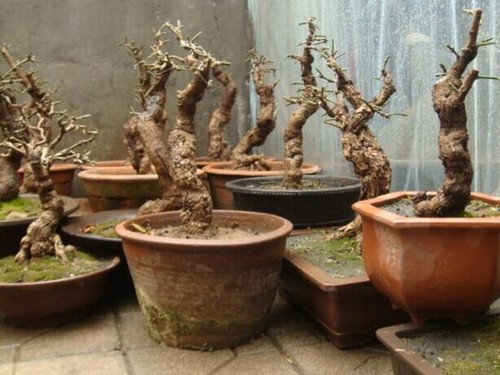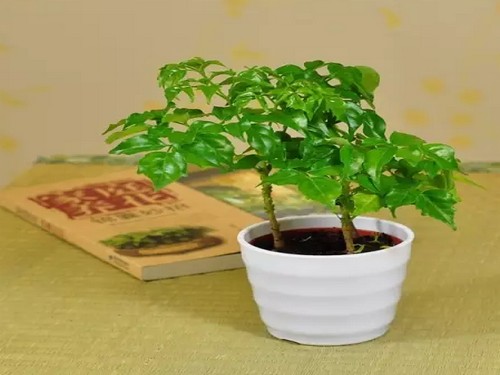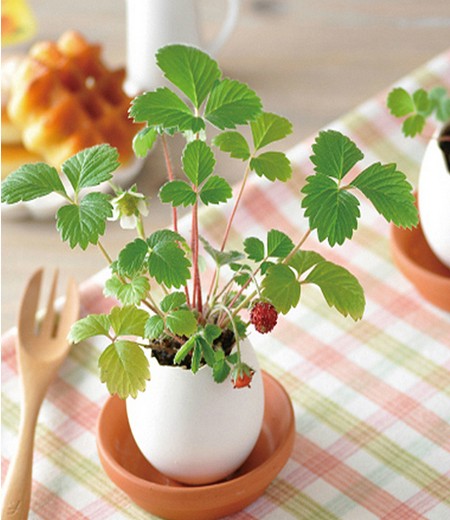Propagation technique of primrose
Primrose grows rapidly and is very suitable for making bonsai. Select the stout old primrose pile, planted in the tube basin, Tigen exposed claws, moderate binding, trunk drooping, do not need a few years to form a chic and elegant cliff bonsai; can also select a small pile thick thumb, the side root stone, buried in the soil, so that it can form a trend of hanging roots and claws, within a year or two can be made into a beautiful and small palm bonsai, appears elegant and elegant, indoor layout, desk quite interesting. So, how do such beautiful primroses reproduce?

1. The method of ramet propagation
If you use ramet propagation, choose to carry out in the spring and autumn, the method is to cut off the roots and small branches of the stem base of primrose and connected to the mother plant, and then plant separately. Pour some fixed root water after planting to improve the survival rate. In general, the perennial mother plant can be divided into 10-20 clumps, which can blossom after planting. Primrose can be carried out in both spring and autumn, but it is better to divide the plants when the buds sprout in spring, and each clump can be divided into 20 clumps, which is easy to survive.
2. The method of striping propagation
Similar to ramet propagation, when striping propagation, the plant also produces roots. When using strip propagation, the survival rate of primrose is high, the management is simple, and the seedling growth is exuberant. But the number of reproduction is relatively low. The method is to bend down the 1-year-old and 2-year-old branches of primrose near the ground and press them into the dug pit, which does not need to be dug very deep, 3-5 cm, then cultivate and compact the soil, and then pour some water to make the soil moist and improve the survival rate. The striping usually takes about 2 months to take root, and after survival, it is separated from the mother plant in the spring of the following year.
The hard branches are often pressed around March, take root in June, the twigs are pressed in May, and can take root 30 days after pressing. If they are watered as usual, they will take root faster. When the primroses are pressed, they do not need to be cut. A small stick can be used to stand at the base of the strips, tied up with ropes to make them grow upward, and can be separated from the mother plant one year after pressing.
3. Methods of cutting propagation.
The most commonly used primrose is cutting propagation, because the survival rate of cutting propagation is higher than that of plant propagation and striping propagation. Cutting propagation is generally carried out in July and August every year, before cutting, we should first prepare the seedling bed, prepare a seedling bed 2.5 meters wide and 10 meters long, which is covered with sand 12 centimeters thick, and simply rake the seedbed with an iron rake before cutting. expose the wet sand on the ground, and cover the sunscreen to adjust the temperature above the hot seedling bed. Then choose 1-2-year-old primrose branches, strong, full, disease-free branches are better.
Cut the selected branches into small segments of 10 cm to 15 cm. The upper end is about 1 cm away from the axillary bud, and the lower end is 1 cm away from the axillary bud. Before cutting, dip these cut branches in the rooting water. Rooting water is made of 20% active ingredient of naphthalene acetic acid powder mixed with water, adjust the proportion, a bag of naphthalene acetic acid powder is 5 grams, add 500 ml water on it. Dipping in the rooting water is to supplement the exogenous auxin needed for plant rooting, and can also promote the synthesis of endogenous auxin in plants, thus promoting the rapid formation of adventitious roots of cuttings.
After the primrose blossoms in February, cut the branches 15 cm long and insert them into the soil. The buried part accounts for about 1/2 of the branches, and the leaves are removed. The aboveground part has leaves or no leaves, but it is easy to take root with some leaves, which can take root after a month.
Time: 2019-06-12 Click:
- Prev

Propagation method of Happiness Tree
The main propagation methods of Happiness Tree are sowing propagation, cutting propagation and striping propagation. High-quality happiness tree seedlings are mainly propagated by seeds, usually with a hole plate of about 50 holes, sowing 1015 seeds per hole. Seeds usually do not need to be covered with anything when they germinate. But in order to ensure the humidity needed for germination
- Next

Propagation method of egg flower
Egg flower has high ornamental value. The whole tree is whirling and symmetrical, natural and beautiful. Adult egg flower for many years of the old trunk, the natural shape of vigorous tall and straight, very powerful; its crown, such as a cover, full of green, naturally grow into a round head. Therefore, in landscaping,
Related
- Fuxing push coffee new agricultural production and marketing class: lack of small-scale processing plants
- Jujube rice field leisure farm deep ploughing Yilan for five years to create a space for organic food and play
- Nongyu Farm-A trial of organic papaya for brave women with advanced technology
- Four points for attention in the prevention and control of diseases and insect pests of edible fungi
- How to add nutrient solution to Edible Fungi
- Is there any good way to control edible fungus mites?
- Open Inoculation Technology of Edible Fungi
- Is there any clever way to use fertilizer for edible fungus in winter?
- What agents are used to kill the pathogens of edible fungi in the mushroom shed?
- Rapid drying of Edible Fungi

